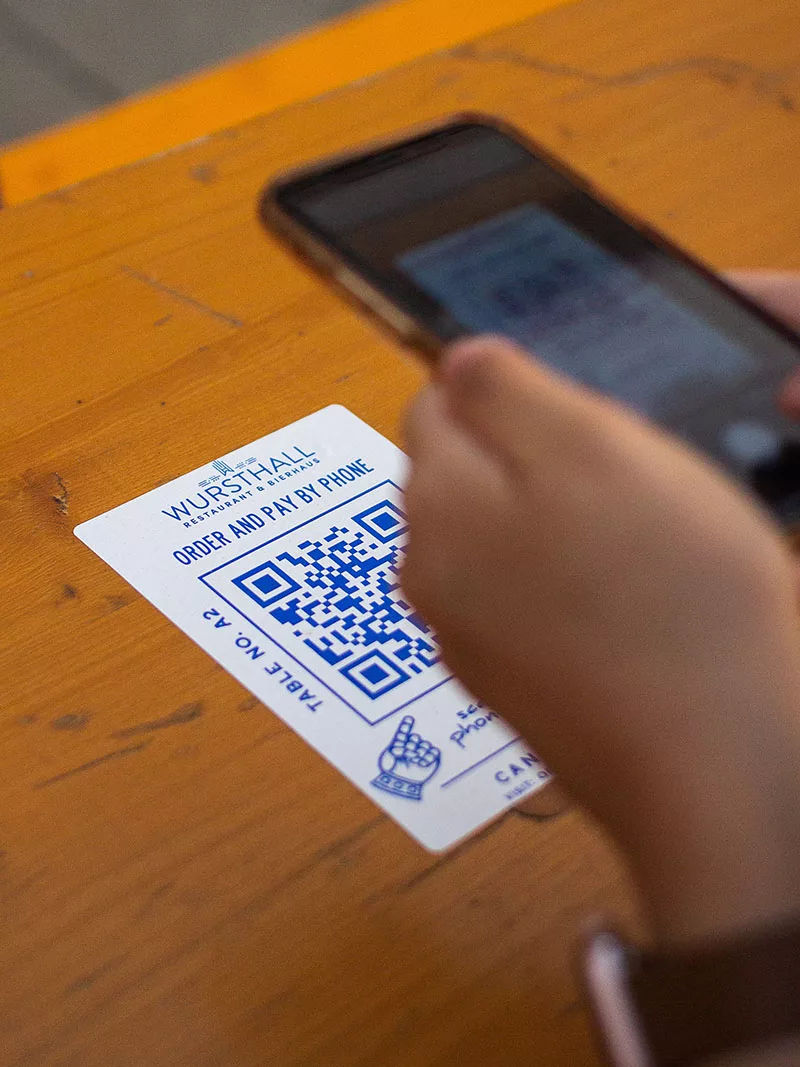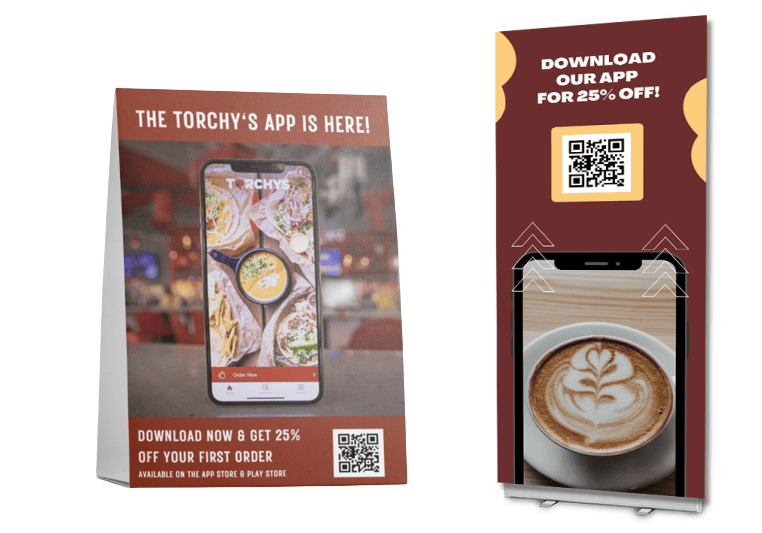
Over the last few years, restaurant operators and the general dining public have had a bit of a rocky relationship with our old friend, the QR code. Once deemed a savior for restaurants during the pandemic, some diners and restaurateurs are now turning against the tech. Like many things in the tech world, usage and public opinion of QR codes is evolving, but the tech is far from dead. While QR codes were ubiquitous at just about any restaurant in 2020, operators now need to be aware of the public’s “QR fatigue,” taking a more measured and strategic approach.
Invented in 1994 to track auto parts, the QR code first made its way into mainstream consciousness in the early 2010s with the introduction of smartphone QR code scanning apps. It was hailed as “the next big thing,” but the public soon agreed that having to download a dedicated app just to scan a code created too many extra steps – almost as quickly as it was celebrated as the tech of the future, QR codes were deemed a passing fad. A few years later, smartphone manufacturers addressed that issue by integrating scanning capabilities into their native camera apps, making QR codes a simple way to share digital info without the extra steps.
While the use of QR codes at restaurants for mobile orders and payments was gaining some serious momentum prior to 2020, it was of course the pandemic that blasted QR codes into the stratosphere. Restaurants needed a safe way to enable mobile orders and payments, share menus, and deliver other relevant info with limited human interaction – QR codes provided exactly that, and ended up helping many restaurants survive the biggest disruptive jolt the industry has ever faced.
Fast forward to today where contactless tech is not nearly as much of an urgent health and safety need as it once was, and QR codes are facing a backlash from diners, leading some restaurants to ditch them entirely, as reported recently by The New York Times.
After being inundated with QR codes at restaurants for the last few years, some diners feel that viewing a menu on a phone screen takes away from the romance and intimate experience of dining out, while older or less tech savvy guests may find QR codes alienating. While those are valid points, there are still many benefits to using QR codes both for guests and operators.
The difference now, as opposed to the early days of the pandemic, is that restaurant operators need to be aware of “QR fatigue,” taking a more thoughtful, strategic approach to their use of QR codes. With a few helpful tips and guidelines to follow, restaurants can better navigate this new phase while still gleaning the benefits of QR code tech.

Know your brand and your customers
Simply put, QR codes are not appropriate for every restaurant. At one point in time, it seemed that every F&B operation needed to employ QR codes for sanitation purposes, but times have changed.
For example, if you run a single-location intimate neighborhood restaurant with a romantic ambiance, a traditional approach would likely be the best route. Or, if you’re offering a highly curated tasting menu restaurant, QR codes could take away from the immersive experience. Similarly, if your restaurant serves a clientele of mostly older guests, QR codes may not be right for your customer base.
It’s not always as cut and dry as these examples, so it’s important to evaluate what your future roadmap looks like while taking feedback from your guests and your staff.
Add value through QR codes
If you’re still using QR codes simply to display a PDF menu or static menu page, that does not offer much added value for your guests. Instead, ensure that your QR codes are linked to appropriate tech that can enhance the dining experience or streamline the order and pay process. A few examples of value added QR code usage include:
- Order@Table and/or Pay@Table tech
- Drive-thru/curbside orders and payments
- Streamlined loyalty enrollment and redemption
- Offer/discount redemption
- App downloads
- Gift card purchases
- Additional info about your menu (nutritional value, background on farmers/vendors, recipes, behind-the-scenes videos, etc.)
- Mobile tipping (especially useful for hotels)
- Reservations or waitlists

Communicate with your guests and strike a balance
Unless you’re running a fully automated restaurant, the use of QR codes shouldn’t completely replace human interaction. While they can streamline certain processes, it’s important to find the right balance that maintains the warmth, personal touch, and expertise of your staff. Train your staff to be readily available for assistance and ensure that the implementation of QR codes doesn’t hinder the guest-staff interaction that customers value.
Write a spiel for your staff so they can effectively communicate the value and convenience of using a QR code at your restaurant. It’s not enough for a staff member to simply say “you can pay through this QR code” – instead, make sure they outline the order/pay process and time-saving benefits to guests, communicate all the order/pay options available (if there is more than one), and address any security concerns.
While QR codes may be facing some backlash and fatigue from diners, to quote Mark Twain, their death has been greatly exaggerated. QR codes remain a versatile tool that can bring value to your restaurant operation. By using QR codes strategically and creatively, the tech can continue to play a role in enhancing the guest experience and improving restaurant operations. It’s important to remember that technology evolves, and so do the ways in which we utilize it. The key lies in adapting to the changing tech landscape, understanding your customers, and embracing the possibilities that QR codes offer for a more seamless and efficient dining experience.
